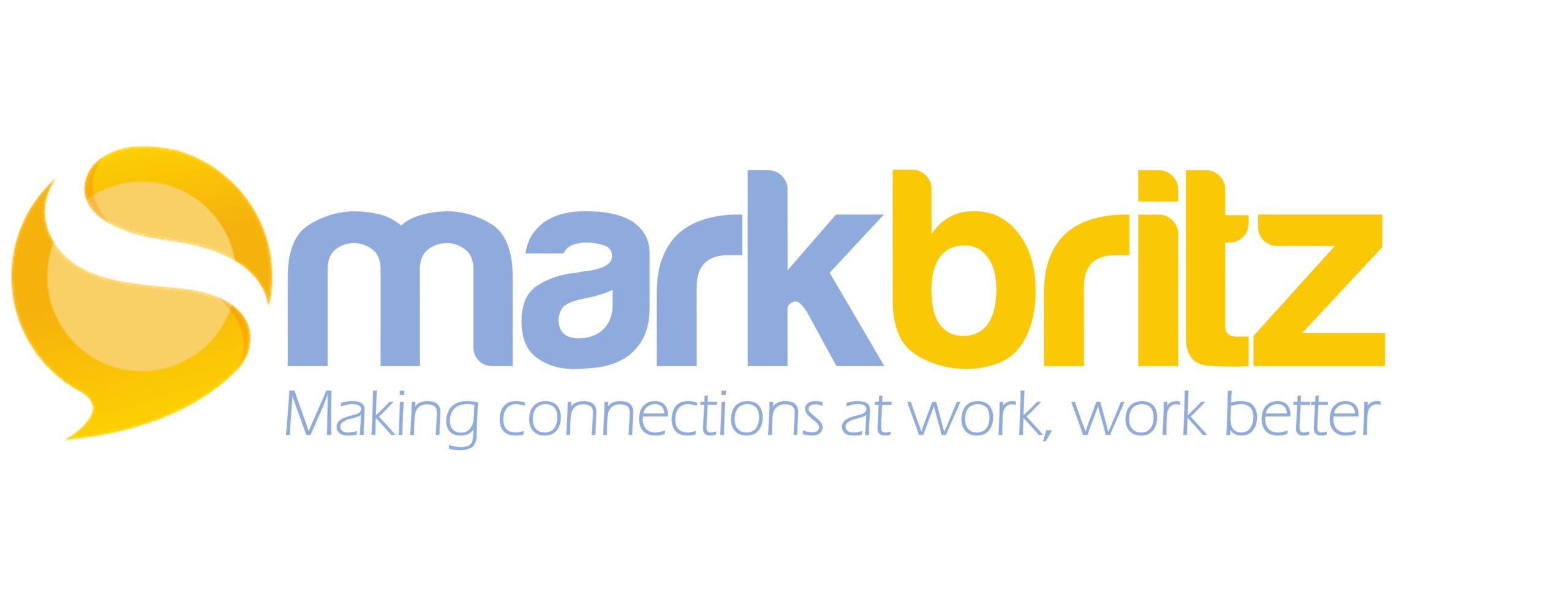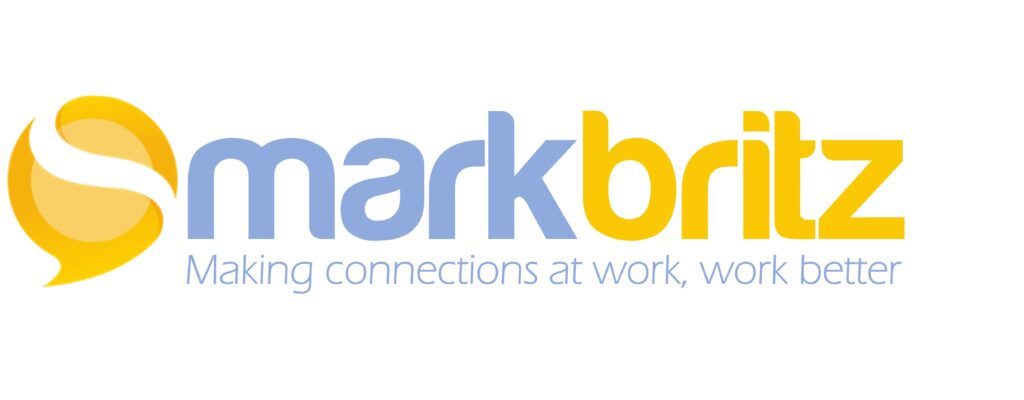No time? There is plenty of time but it’s being wasted. But where?
A quick Google search on the topic of time wasting at work revealed endless articles. Here’s a sample from Forbes, Salary.com, and Inc. All respected and/or at least known publications:
Wasting Time at Work – The Epidemic Continues
New Study Shows You’re Wasting 21.8 hours a Week
Ways to Minimize Wasting Time at Work
Why and How Your Employees are Wasting Time at Work
Looking closer, most of these sources place the blame solely on employees; surfing the internet, social networks, long lunches, gossip in the break room, drive-bys that go to long and non-work talk in meetings. Still other studies reveal the organization as the culprit and guess what? It’s ALWAYS the organization!
First, the org is either tasking work that is uninspiring, repetitive or disconnected. You’ve hired thinking, feeling, creative people who need what Dan Pink laid out as autonomy, mastery and purpose to be motivate. Do they have skin in the game? Are they growing? Do they see how what they do actually matters?
Second, is time waste really just time being sucked up by pointless processes, ancient systems and tools? What about time in email and meetings? Necessary? Again, a cadence set by the status quo.
If orgs really want a more productive, innovative, engaged, and connected organization, leaders might want to try this simple 2 step process to “create more time” for productive connectivity that fuels all of these.
Step 1: Reduce. Reduce internal email use to specific types and lengths only (yes, you’ll need to model this), set a policy of actionable meeting or no meetings at all (yes, you’ll need to model this too), and encourage delegation; stop having knowledge workers doing admin work (yes, again you’ll need to model this as well). Let’s say this results in *just* 3 more hours per person a week. Not bad when you add it up through a year.
Step 2: Recognize. Now to better ensure this new found time is beneficial, step two is to modify your systems of recognition, rewards and management. Remake each in such a way that encourages AND acknowledge openly the cooperative and collaborative behaviors of sharing; resources, ideas and answers. Something as simple as using internal links to ESNs or WIKI pages rather than attachments keeps work open. And people often need support in developing new behaviors and habits as I wrote here and it starts with management.
As people now have more time to connect at greater levels and with the organization supporting this, altruism will build greater social bonds. With a greater commitment to each other, work becomes more obvious and meaningful, and growth is natural.
So no, you can’t really make more time but you can make the time more productive.

